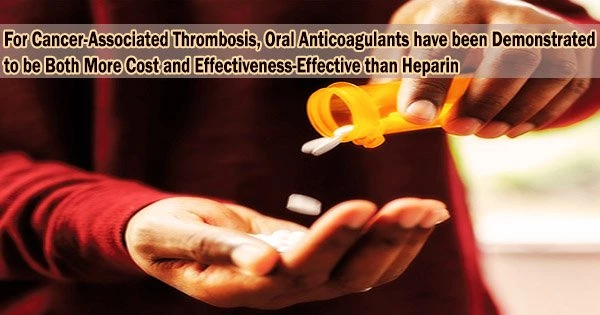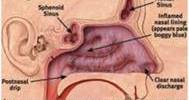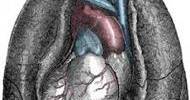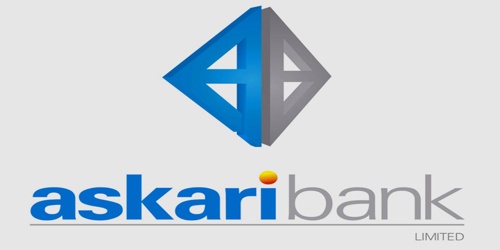Direct oral anticoagulants (DOACs) are more medically and financially advantageous than low-molecular-weight heparin (LMWH) when treating cancer-associated thrombosis (CAT), according to a cost-effectiveness analysis. Both clinical and policy decisions could be influenced by these findings. The analysis is published in Annals of Internal Medicine.
CAT is linked to a nearly two-fold rise in mortality when compared to cancer patients who do not have thrombosis. They are also more likely to experience recurrent venous thromboembolism (VTE), which has been linked in prior studies to an 80% increase in medical expenses. Although DOACs have more recently entered the clinical setting, LMWH is still regarded as the cornerstone of CAT treatment.
A cost-effectiveness analysis of four potential therapies for the treatment of CAT over the course of a 63-year-old patient’s lifespan was undertaken by researchers from the University of Cincinnati and the UC Davis Comprehensive Cancer Center. Enoxaparin, apixaban, edoxaban, and rivaroxaban were used as interventions.
According to their research, apixaban was the least expensive anticoagulant and outperformed LMWH and edoxaban in terms of effectiveness. However, rivaroxaban was slightly more effective than apixaban, with an ICER of $493,246 per quality-adjusted life-year (QALY).
However, when the costs of medications from GoodRx were modeled, rivoroxaban emerged as the most cost-effective option utilizing the current society willingness-to-pay level.
The authors emphasize that their findings, which showed a significant discrepancy between the actual cost of DOACs and the prescription prices listed on the Federal Supply Schedule of the U.S. Department of Veterans Affairs, have ramifications for value-based price benchmarks in the country.
The clinical characteristics of the patient, the location of the cancer, any side effects, and the relative costs of each DOAC are all taken into account when determining which DOAC is the most clinically and financially advantageous.
While this analysis may understate the cost-effectiveness of apixaban in the real world, it excels by demonstrating the advantage of matching medicine cost with effectiveness, according to an editorial that goes along with it from academics at the Yale School of Medicine.
After the Inflation Reduction Act was passed, the authors discuss the potential for future drug price negotiations and point out that the significant applications of anticoagulants identified in this analysis would make the drug class candidates for value-based price benchmarks.
















